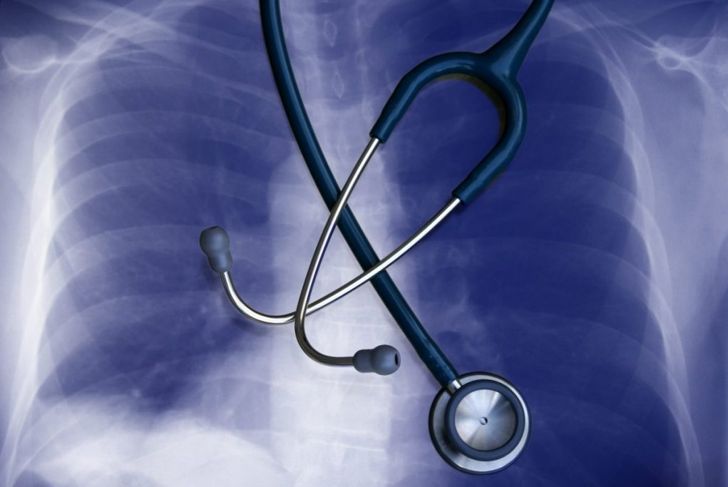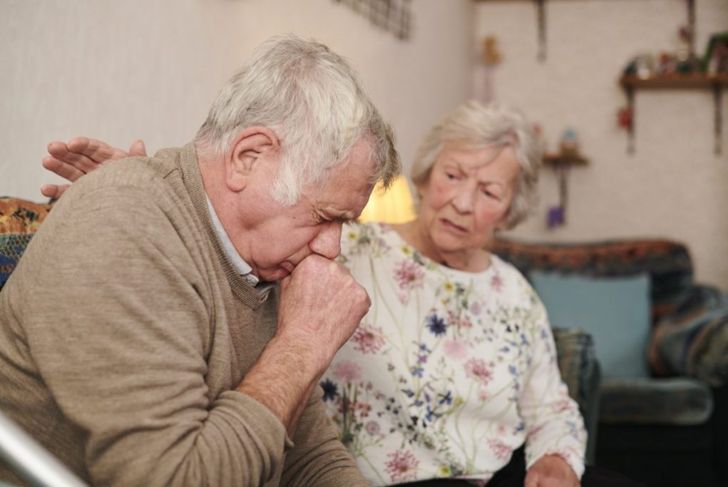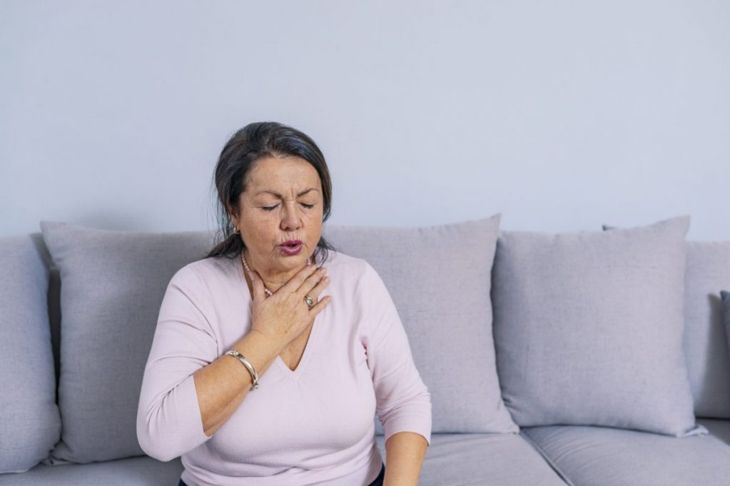There are three main types of lung cancer: small cell, large cell, and adenocarcinoma. While each has unique hallmarks and treatments, all are alike in that they do not present with many early symptoms. This is unfortunate because the earlier medical practitioners can catch lung cancer, the more effective the treatment. Knowing what to look for and getting to a doctor early is essential for the best results.
Timing of Signs and Symptoms
Because most lung cancers do not have many early symptoms, it can be difficult for a doctor to catch the disease before it spreads. People who know they have risk factors for lung cancer should pay close attention to the warning signs. Risk factors include a history of smoking tobacco, exposure to second-hand smoke, exposure to toxic compounds such as arsenic and asbestos, and a family history of lung cancer.
Onset of a Chronic Cough
A chronic, persistent cough does not resolve and may seem like it has no cause. This is one of the most common signs of lung cancer that some estimates indicate affects as many as 86% of lung cancer patients. While a cough is usually the body’s way of clearing an obstruction, someone with lung cancer may have tumor tissue stimulating the same reaction.
Changes to a Chronic Cough
Someone who experiences a sudden change in his or her chronic cough should see a doctor. As mentioned, tumor tissue developing in the lungs could stimulate a chronic cough. If this cough changes in intensity or duration, if worsens or becomes persistent, for example, it may be a sign that more tumor tissue is present. This could indicate that the cancer is spreading.
Coughing Up Blood
Coughing up blood is a common symptom of lung cancer; even the smallest amount of blood can indicate a problem. One of the first things a doctor will determine is whether the blood truly came from the lungs or if it originated somewhere else, like in the upper airway of the mouth or nose. If it is indeed coming from the lungs, the goal is to stop the bleeding and protect the airway. In advanced cancer cases, this may include placing a breathing tube.
Shortness of Breath
Shortness of breath or dyspnea is usually a sign of late-stage lung cancer. Early in the disease, tumors and lesions develop in the periphery of the lungs, rather than blocking a significant part of the airway. As the disease progresses, blockages begin to spread toward major parts of the airway and are more likely to cause dyspnea. Shortness of breath can be experienced with physical activity or even at rest.
Hoarseness
Hoarseness can result from a persistent cough, but there is another reason why this is a significant warning sign for lung cancer. The major nerve that controls the larynx splints into a left and right branch with the left side passing through the chest, close to the left lung. Lung tumors can press on this nerve as they grow, impairing their ability to function and leading to recurrent laryngeal nerve palsy, which presents as hoarseness.
Unexpected Weight Loss
Unexplained weight loss is often an early visible sign of lung cancer and maybe the first indication that something is wrong. This symptom occurs due to appetite loss, changes to metabolism, muscle wasting, depression, pain, or difficulty breathing when eating. Unexplained weight loss is defined as losing ten pounds or more, or 5% of one’s normal body weight in 12 months without actively trying to lose weight.
Fatigue
Cancer causes fatigue for a variety of reasons. The disease prompts a lot of changes within the body and can release certain substances that cause lethargy. Lung cancer also increases the amount of energy the body requires to function normally. To compensate for the cancerous lung tissue, the body works harder to maintain normal functioning, leaving people feeling drained.
Lung Cancer Screenings
Because it is easy to miss the early signs of lung cancer, experts developed screenings to detect it as early as possible, to ensure treatment is as effective as it can be. Screenings involve an assessment with a pulmonary specialist over the phone to determine whether the patient meets certain criteria. If he or she does, an in-person visit and CT scan look for tumors or any changes in the lungs.
Who Should Be Screened for Lung Cancer?
The U.S. Preventive Services Task Force experts developed screeningsrecommends lung cancer screening yearly for individuals who are 55 to 80 years of age who also have a history of heavy smoking (one pack a day or more) and are smoking or have quit smoking within the last 15 years. A history of lung cancer fatalities in the family, a past lung cancer diagnosis, or a history of COPD may also increase the risk of lung cancer; individuals with these conditions may require screening as well. Chronic obstructive pulmonary disease (or COPD) is an umbrella term used to describe lung conditions such as emphysema, chronic bronchitis, and non-reversible asthma. Asbestos exposure may also raise one’s risk and qualify them for regular screening.

 Home
Home Health
Health Diet & Nutrition
Diet & Nutrition Living Well
Living Well More
More




















